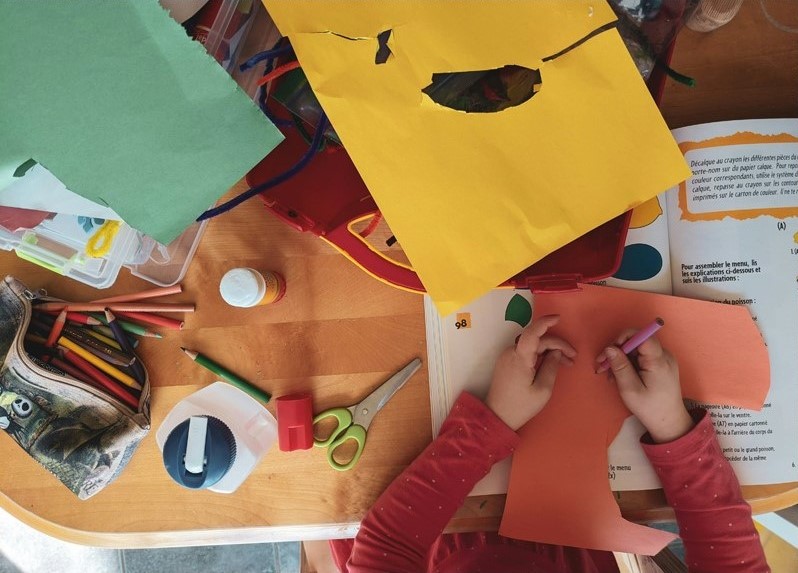1. Employing "First, Then" Statements
To effectively communicate expectations to your child, use clear and concise language to establish limits. For instance, say, "First, clean up the blocks, then you can work with clay." Some children may benefit from simpler instructions like, "First, clean up blocks, then clay." Reiterate this statement to your child before assisting them with the cleanup, assuring them that you'll do it together. Consistency is crucial in enforcing the set limit, demonstrating its firmness. This approach helps children comprehend the expectation and builds trust in their environment.
2. Collaboration
Recognise that cleaning up independently may be challenging for young children. Collaborate by allowing them to contribute what they can and assist with more difficult tasks. Through consistent practice, children will develop greater independence in cleaning up. Ensure that storage containers are appropriately sized and not too heavy for them. Modelling the cleanup process is also beneficial—when children observe adults adhering to this expectation, it becomes ingrained in their routines.
3. Setting a Positive Example
If we wish to instill the habit of cleaning up after an activity in children, we must assess our own behaviour and modelling. Consider whether you promptly put away dishes after eating or clean up spills. Establishing organisation helps set expectations, making it easier for both children and adults to know where items belong. With regularity, firm boundaries, and positive modelling, children can learn to independently complete the cycle of activity. Trust that consistency will lead to the internalisation of expectations, bearing in mind that children follow the environment's cues and observe adult routines.
4. Encouraging Autonomy through Purposeful Choices
Fostering autonomy is a key aspect of a child's development, therefore it is important to introduce the concept of purposeful choices during cleanup time. Allow your child to decide which activity they would like to tidy up first, providing them with a sense of ownership and responsibility. This approach not only respects their autonomy but also reinforces the idea that they are active participants in maintaining order within their environment. As your child becomes accustomed to making these choices, they will develop a stronger sense of independence and self-discipline, in line with the Montessori philosophy of nurturing the whole child.


